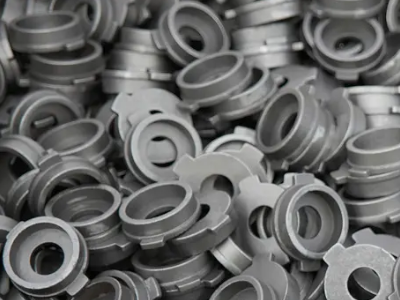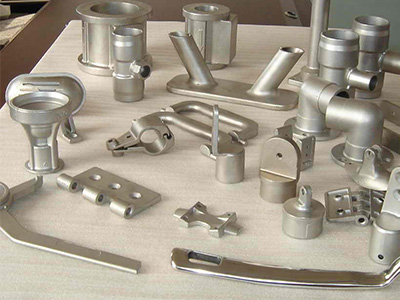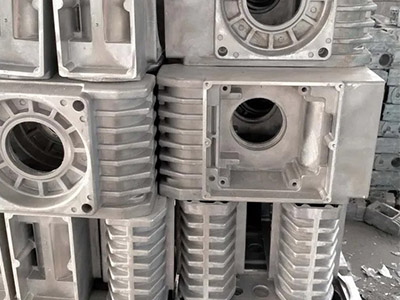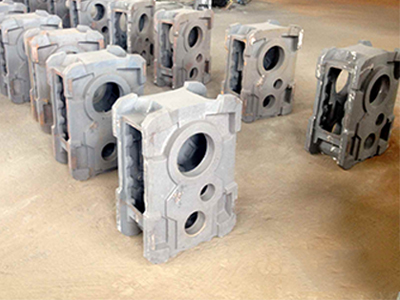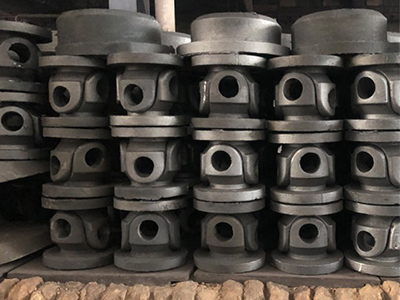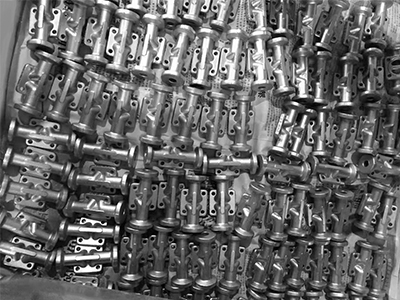- What are the advantages of lost foam casting
- What are the problems in the stainless steel precision casting project?
- The characteristics of precision casting
- Stainless steel precision casting is suitable for high temperature processing castings
- Factors affecting precision casting accuracy
- Why should the quality of steel casting pay attention to good molds
- Effectively improve the quality in the process of cast steel production
- Stainless steel precision forged process measures below
- Carbon Steel Casting Alloys
- What should be paid attention to when casting machine parts
- Call : +86 13390692151
- sale@kfqizhongji.com
-
Room 1, No. 21, Chaoying East Road, Zhoushi,
Kunshan City, Jiangsu Province, China
How to avoid pollution in stainless steel castings
When stainless steel castings are used, white spots usually appear after dyeing the anodized film. According to Kunfeng heavy Industry, the reason is that stainless steel castings have a loose structure, high porosity and contain a variety of metal and non-metallic impurities, so the quality of oxide film is usually very difficult. Therefore, the way to avoid contamination of stainless steel castings is high voltage and high current density impact method, that is, high voltage electric shock is used at the initial stage of oxidation of stainless steel castings, so the oxidized parts are connected into sheets by electric shock.
The surface grinding method fills the gap left by the alumina mill with polished aluminum mill, connecting the resulting gap together and acting as a bridge. The method of surface shot peening is to hit the gap with a round hammer, and then close it by tapping to achieve the purpose of the connector. The corresponding method should be chosen according to the pollution degree of stainless steel castings. In order to enable the manufacturer to produce qualified stainless steel castings, it is necessary to have a complete scientific and technological content, and workers must strictly follow the working process throughout the production process.
Through repeated experiments and exploration, a qualified stainless steel casting process can be obtained. Therefore, a complete technological process is the key to the production of high-quality qualified castings. The process is formulated by the craftsman and implemented by the owner of the worker. When making the process, the craftsman must strictly abide by the process development criteria, and after careful proofreading by the superior craftsman, it can be sent to the workers for implementation.
Process planning should be completely CAD, which combines process planning and computer software and hardware technology, which can help craftsmen carry out digital process planning, reduce workload, improve the degree of science and standardization, and stabilize the quality of castings. There are many nodes in each process, and each node is the key to the production of qualified parts. Therefore, after each node is implemented, the appropriate personnel should be checked to ensure that the node completes successfully.
